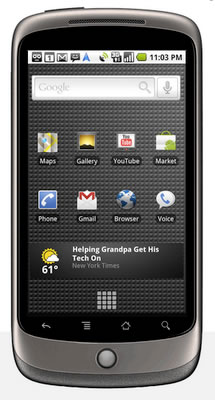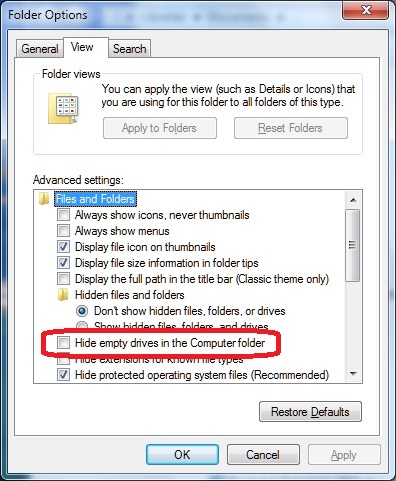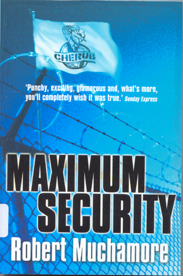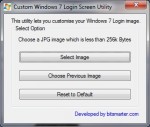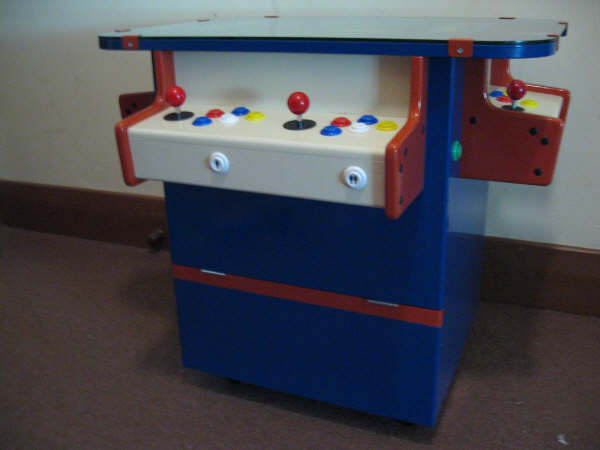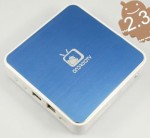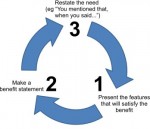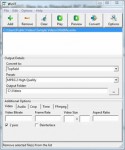… helping you get a bit smarter
Sales
Sales Tools and Techniques
Counteracting the Price Question
Oct 27th
You will often get a prospective customer argue over price. Here is a way of handling that objection.
- Ask the question – “Compared to what?”
- How much is that price?
- Express the DIFFERENCE
- Compare the benefit based on the difference
As an example, if arguing $125 for a competitor product vs $140 for yours, discuss the difference, which is $15

Presenting the Solution
Oct 27th
Features are facts that can be proven. Needs are a solution that a customer is seeking. Benefits are when a Feature meets a Need.
1 Links to Features….
“One of the products…” “a Nice thing about…” “A unique feature of…” “An important component…” “The advantage…” “A service we provide…” “Our product is especially designed…” “You’ll be pleased to know…”
2 Links to Benefits…“As a result…” “A great benefit to you…” “This will enhance…” “Therefore, this will eliminate…” “Which means to you…” “This will save…” “What this gives you…” “Consequently,…”
3 Link it back to Needs…“Another element…” “You also mentioned…” “Another aspect…” “You also indicated…” “In addition…” More >

Selling and the Sales Funnel
Oct 27th
With similar competitor products, the differentiator becomes your impact on the customer.
Selling is motivating customer commitment:
- transferring knowledge / information
- understanding the customer’s needs
- convincing the customer that you have something they need
- understanding your competition
- standing out from the competition
- talking to the right person
The Sales Funnel is a way to ensure you have understood the customer’s need. This will give you the clarity to understand whether the solution you have will meet this need, so you can progress to closing the sale.
The approach has 5 steps.
1. Motivator 2. Open Neutral Question (ONQ) 3. Open Leading Question (OLQ) 4. Closed Question (CQ) 5. Summary 6. More >

